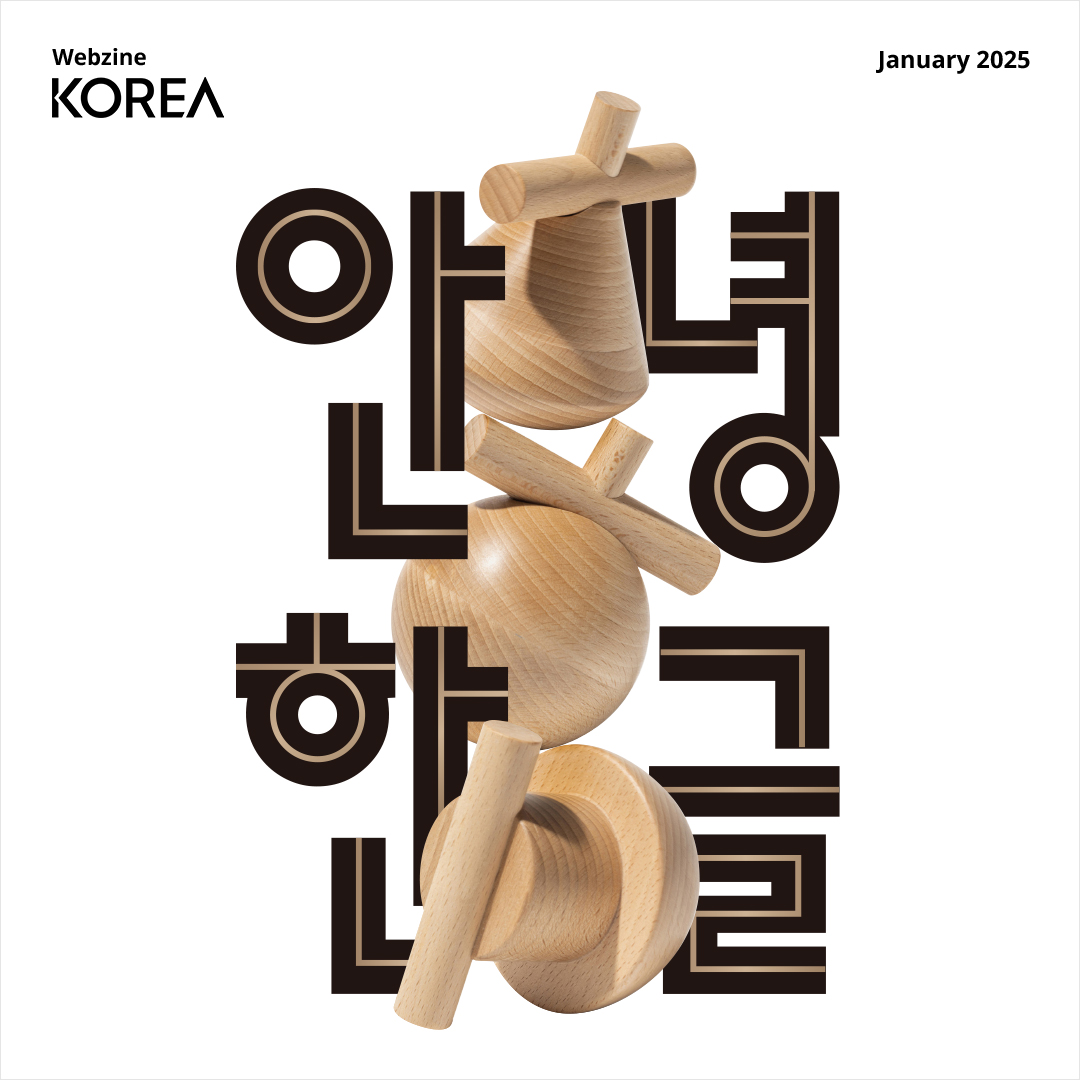Program
KOREA WEBZINE January 2025
- Post Date2025-02-06
- Hits141 Hit
- attached file
HANGEUL 한글
Hangeul is a unique script meticulously crafted to serve the Korean language. It is the only writing system in the world consciously designed by human intent. Despite its relatively brief history, Hangeul wields immense cultural significance and influence.
A WRITING SYSTEM FOR THE PEOPLE
Hangeul was created by King Sejong, the fourth monarch of the Joseon Dynasty. During his reign, Joseon had no native writing system and borrowed Chinese characters. However, Chinese characters were difficult to use for expressing Korean due to differences in word order and pronunciation systems. As a result, written language was a cultural element only accessible to the upper class who received advanced education.
In response, King Sejong created “Hunminjeongeum” in 1443 for the common people. It was a systematic and simple writing system consisting of 17 consonants and 11 vowels. The meaning of “Hunminjeongeum” is “the proper sounds for the instruction of the people,” indicating that anyone could easily learn and use it. Today’s Hangeul embodies King Sejong’s love for his people, as it was born from his desire to ensure that common people would not be excluded from written communication.
This writing system, created with such caring intentions, gradually permeated people’s daily lives. It became a tool for learning other languages and helped streamline administrative work. It enabled those who previously couldn’t write to communicate through letters. Although it was suppressed by Japanese colonial rule in the 1900s, thanks to the efforts of the Korean Language Society, which protected Hangeul and continuously promoted its spread, Hangeul education was able to take root quickly. As a result, Korea was able to achieve the remarkable feat of reaching a near 0% illiteracy rate.

